Opinion & Analysis
Putter Veteran Kenny Giannini introduces Custom Line of Putters
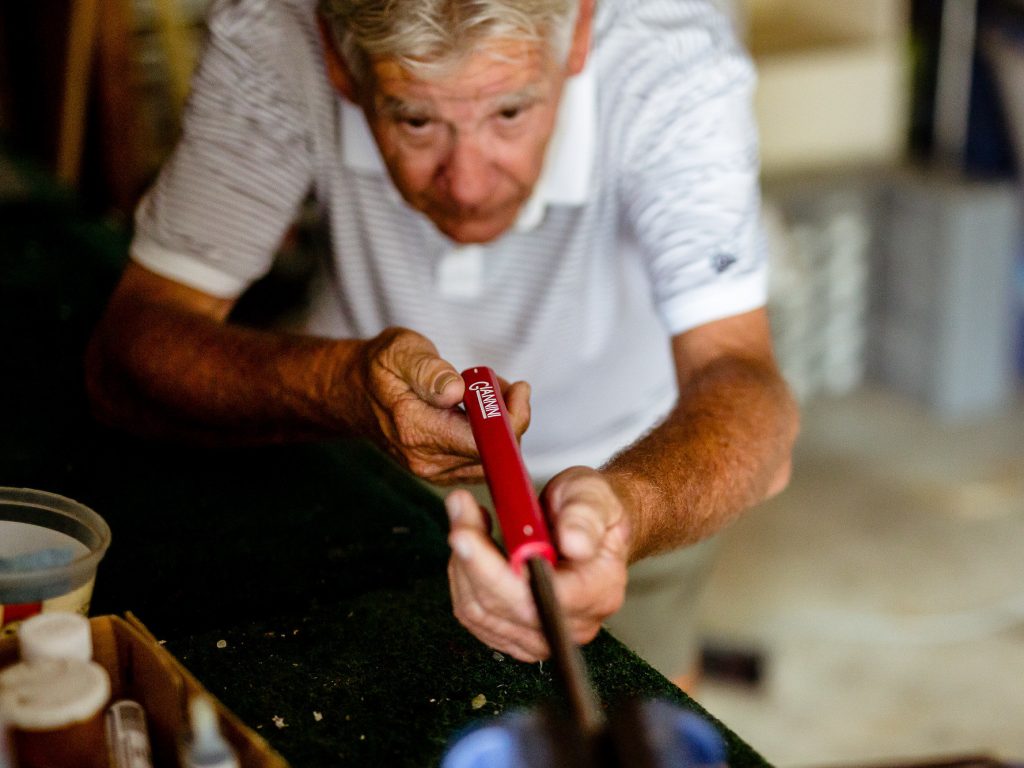
You’d be forgiven if the name Kenny Giannini didn’t leap off the page, but in all honesty, he might be one of the more famous putter makers a lot of people have never heard of. Kenny has been making putters for the better part of 35 years for companies like Hogan, Cleveland, Mizuno, and now under his own name. I had some time to catch up with Kenny about his products, what makes them stand out in the marketplace, and also about the launch of his custom line of putters.
Let’s go way back to when this whole thing started. What was that like at the beginning of milled putters? Whose idea was that, and how did that come about?
Well, I was playing golf in Hawaii back in the early eighties and I had been paired with a guy who was the CEO of a company in New York. I was using a TP Mills putter at the time, and this guy I was playing with wanted my putter really bad. So, he kept trying to buy it from me and I said, “No way. It’s not for sale.” He said, “Everything’s for sale.” Finally, I caved and said, “Okay, fine. $5,000.” He wrote me a check right there on the spot. After that, I was sitting on the beach thinking about what had just happened, and I just came to the obvious conclusion that of course there was a market for this. So, I flew back to the mainland and two weeks later I had a prototype together.
Shortly after that, I had a contract with Hogan to do the Apex putters, which was the first milled putter. After that deal kind of went south, Roger Cleveland called me up and asked me to make putters for him. He and I had a lot of success back then, and a lot of guys on Tour were using my putters. Mark O’Meara had one, and he won a Crosby [referring to the Pebble Beach Pro-Am tournament] with it and wound up on the cover of Sports Illustrated.
Nowadays, milled putters are everywhere, but back then being one of the first guys doing it, what was that like? Did it take a lot of trial and error to get it right?
Well, I’m a golfer first and foremost, so I knew what I wanted. I’ve learned a little bit about machining and welding over the years, but I would not classify myself as a machinist. Being a golfer first, though, means I know how putters are supposed to work. When I put a putter on the ground, it better sit dead square. I’m absolutely nuts about that. That’s the most important thing to me. Recently, I met a kid that had just qualified for the [Mackenzie] Tour, and he had had a putter fit for him by a reputable company. He handed it to me, I looked at it, and I said, “Something doesn’t look right.” I got him into one of my putters and the guy goes out, makes 17 putts in a row with my putter and shoots a 61.

Kenny Giannini custom putters ready to meet their owners. Photo credit: Kristy-Lynn Polowich
So flash forward to today. You now have your own line of putters sold under your own name. The game is totally different nowadays, though, if you will. There are a lot of people doing milled putters now. What do you think sets your products apart from all the other putter guys out there?
Well, the biggest thing is experience. You know, there’s a lot of great putters on the market, but I will say I’ve never paid anyone a nickel to play with one of my putters. Ever. In spite of that, a lot of professionals have wound up playing my putters over the years. I remember there was a huge poster of Arnold Palmer in a golf repair shop I walked into, and when I looked closely at it I realized he was using one of my putters. Obviously, I knew I’d made him some putters back then, but I was surprised to see my putter in the photo. I think a lot of that speaks for itself. I consider myself a pretty low-profile guy. I’m not an egomaniac. My actual cell phone number is right there on my website. You don’t have to go through six secretaries to get to me.
You’ve been playing this game a long time. There’s a lot of buzz nowadays about inserts and milled groove patterns on the face of the putter. They’re said to achieve consistency and improved forward roll. Do these things help or not in your opinion? Why or why not?
To be honest, I don’t really care what everyone else does. I’m my own guy. I do what I think is right, not what everyone else is doing. I personally don’t believe in inserts for a couple of different reasons. The biggest thing for me is that putting is all about feel. That’s why I prefer to use carbon steel and a black oxide finish. The PVD finishes have two coats of nickel under the black, so it completely changes the feel, which is why I went back to black oxide. Black oxide does require some maintenance, but the feel is so much better and you’re getting the exact roll with it. Apart from testing all of the putters we make, I’ve been using the same putter for 33 years. That putter has never had a head cover and it’s never been refinished. It does have a little rust on it, but it feels better and it ultimately rolls putts better. At the end of the day, that’s what matters. When we did putters for Cleveland, we had less than five returned because of rusting due to the black oxide finish. Also, guys nowadays are wanting putters 350 grams and up. The putters we did at Cleveland were 325 grams (+3/-0). Personally, I like it right around 340 grams.
I don’t want my putter to be a billboard. I don’t want the golfer to look at all the alignment lines on the putter going back. He’d better be looking at the ball. You know, less is more sometimes. I can make my putter look any way I want. I don’t want anything to distract the player. That’s also why I like finishes that will not reflect the sunlight back into your eyes.
Golfers today think nothing of buying a $600 driver and then going and putting a $350 aftermarket shaft in it, but they’ll only hit that club 14 times each round. It won’t take that many strokes off their game. A great amateur golfer uses the putter 36 times. That’s how you take strokes off your game. The putter is the club you want to invest in.

Kenny Giannini Legacy 3 blade putter in action on the course. Photo credit: Kristy-Lynn Polowich
“Soft Scooped Face” is something I see a lot on your webpage. Tell me about the tech going on there with your putters.
I originally did that a long time ago and then pulled it away. There’s a cutout on the bottom of the putter. The whole logic is to keep the face of the putter square at impact regardless of where you hit it on the face (towards the toe or the heel). It basically moves mass out to the toe and the heel.
Where do most of your inspiration come from when you’re generating new products? Current customer feedback? What your competitors are doing? What’s out on Tour?
Most of the time, I do it on my own. I can honestly say that I’ve never had a putter that hasn’t sold, and I’m very grateful for that. You know, I’m a golfer first, so I develop my products based on what golfers need. That being said, I’ve had some happy accidents where I was making something else and the machine accidentally cut too much off and I wound up thinking, “Wow, does this look good!” Like I said earlier, though, my putters have won a lot of money, so that speaks for itself I think. I’m proud of the work I’ve done. I will also say that I listen to my customers regardless if they’re a 20-handicap or a plus-six. That customer feedback is incredibly important to developing a great product.

Kenny Giannini Legacy 2 mallet-style putter with “Soft Scooped Face.” Photo credit: Kristy-Lynn Polowich
So if I’m not mistaken, the big news is that Giannini is now launching a line of custom putters. Tell me about the possibilities lying under the surface and how to partake should one desire.
Yes, we are launching a line of custom putters now to go along with what I call my Legacy line of products. I have eight heads available in the custom shop. You can call up and say, “I want head No. 3 and I want a plumber’s neck hosel welded onto the head 1.9 inches from the center of the putter,” for example. It just helps tremendously that if you have something very specific in mind, you go to the website (http://www.gianninigolf.com), call me directly at 817-304-3717, and you will know exactly what you’re going to get.
Even if it’s something not listed on the website, I want to be able to talk to you and get you exactly what you want. I don’t want unhappy customers. Even if you want a PVD finish or a specific, heavy head weight, I’ll do it regardless of what I prefer. And by the way, I can honestly say I put my hands on every putter that comes through our shop.
I would also encourage people to stay tuned to our website, as we will continue to add more products to the Legacy lineup and more options to the custom shop as well. We intend to be very active on the website in the near future.
Opinion & Analysis
The 2 primary challenges golf equipment companies face

As the editor-in-chief of this website and an observer of the GolfWRX forums and other online golf equipment discourse for over a decade, I’m pretty well attuned to the grunts and grumbles of a significant portion of the golf equipment purchasing spectrum. And before you accuse me of lording above all in some digital ivory tower, I’d like to offer that I worked at golf courses (public and private) for years prior to picking up my pen, so I’m well-versed in the non-degenerate golf equipment consumers out there. I touched (green)grass (retail)!
Complaints about the ills of and related to the OEMs usually follow some version of: Product cycles are too short for real innovation, tour equipment isn’t the same as retail (which is largely not true, by the way), too much is invested in marketing and not enough in R&D, top staffer X hasn’t even put the new driver in play, so it’s obviously not superior to the previous generation, prices are too high, and on and on.
Without digging into the merits of any of these claims, which I believe are mostly red herrings, I’d like to bring into view of our rangefinder what I believe to be the two primary difficulties golf equipment companies face.
One: As Terry Koehler, back when he was the CEO of Ben Hogan, told me at the time of the Ft Worth irons launch, if you can’t regularly hit the golf ball in a coin-sized area in the middle of the face, there’s not a ton that iron technology can do for you. Now, this is less true now with respect to irons than when he said it, and is less and less true by degrees as the clubs get larger (utilities, fairways, hybrids, drivers), but there remains a great deal of golf equipment truth in that statement. Think about it — which is to say, in TL;DR fashion, get lessons from a qualified instructor who will teach you about the fundamentals of repeatable impact and how the golf swing works, not just offer band-aid fixes. If you can’t repeatably deliver the golf club to the golf ball in something resembling the manner it was designed for, how can you expect to be getting the most out of the club — put another way, the maximum value from your investment?
Similarly, game improvement equipment can only improve your game if you game it. In other words, get fit for the clubs you ought to be playing rather than filling the bag with the ones you wish you could hit or used to be able to hit. Of course, don’t do this if you don’t care about performance and just want to hit a forged blade while playing off an 18 handicap. That’s absolutely fine. There were plenty of members in clubs back in the day playing Hogan Apex or Mizuno MP-32 irons who had no business doing so from a ballstriking standpoint, but they enjoyed their look, feel, and complementary qualities to their Gatsby hats and cashmere sweaters. Do what brings you a measure of joy in this maddening game.
Now, the second issue. This is not a plea for non-conforming equipment; rather, it is a statement of fact. USGA/R&A limits on every facet of golf equipment are detrimental to golf equipment manufacturers. Sure, you know this, but do you think about it as it applies to almost every element of equipment? A 500cc driver would be inherently more forgiving than a 460cc, as one with a COR measurement in excess of 0.83. 50-inch shafts. Box grooves. And on and on.
Would fewer regulations be objectively bad for the game? Would this erode its soul? Fortunately, that’s beside the point of this exercise, which is merely to point out the facts. The fact, in this case, is that equipment restrictions and regulations are the slaughterbench of an abundance of innovation in the golf equipment space. Is this for the best? Well, now I’ve asked the question twice and might as well give a partial response, I guess my answer to that would be, “It depends on what type of golf you’re playing and who you’re playing it with.”
For my part, I don’t mind embarrassing myself with vintage blades and persimmons chasing after the quasi-spiritual elevation of a well-struck shot, but that’s just me. Plenty of folks don’t give a damn if their grooves are conforming. Plenty of folks think the folks in Liberty Corner ought to add a prison to the museum for such offences. And those are just a few of the considerations for the amateur game — which doesn’t get inside the gallery ropes of the pro game…
Different strokes in the game of golf, in my humble opinion.
Anyway, I believe equipment company engineers are genuinely trying to build better equipment year over year. The marketing departments are trying to find ways to make this equipment appeal to the broadest segment of the golf market possible. All of this against (1) the backdrop of — at least for now — firm product cycles. And golfers who, with their ~15 average handicap (men), for the most part, are not striping the golf ball like Tiger in his prime and seem to have less and less time year over year to practice and improve. (2) Regulations that massively restrict what they’re able to do…
That’s the landscape as I see it and the real headwinds for golf equipment companies. No doubt, there’s more I haven’t considered, but I think the previous is a better — and better faith — point of departure when formulating any serious commentary on the golf equipment world than some of the more cynical and conspiratorial takes I hear.
Agree? Disagree? Think I’m worthy of an Adam Hadwin-esque security guard tackle? Let me know in the comments.
@golfoncbs The infamous Adam Hadwin tackle ? #golf #fyp #canada #pgatour #adamhadwin ? Ghibli-style nostalgic waltz – MaSssuguMusic
Podcasts
Fore Love of Golf: Introducing a new club concept

Episode #16 brings us Cliff McKinney. Cliff is the founder of Old Charlie Golf Club, a new club, and concept, to be built in the Florida panhandle. The model is quite interesting and aims to make great, private golf more affordable. We hope you enjoy the show!
Opinion & Analysis
On Scottie Scheffler wondering ‘What’s the point of winning?’

Last week, I came across a reel from BBC Sport on Instagram featuring Scottie Scheffler speaking to the media ahead of The Open at Royal Portrush. In it, he shared that he often wonders what the point is of wanting to win tournaments so badly — especially when he knows, deep down, that it doesn’t lead to a truly fulfilling life.
View this post on Instagram
“Is it great to be able to win tournaments and to accomplish the things I have in the game of golf? Yeah, it brings tears to my eyes just to think about it because I’ve literally worked my entire life to be good at this sport,” Scheffler said. “To have that kind of sense of accomplishment, I think, is a pretty cool feeling. To get to live out your dreams is very special, but at the end of the day, I’m not out here to inspire the next generation of golfers. I’m not out here to inspire someone to be the best player in the world, because what’s the point?”
Ironically — or perhaps perfectly — he went on to win the claret jug.
That question — what’s the point of winning? — cuts straight to the heart of the human journey.
As someone who’s spent over two decades in the trenches of professional golf, and in deep study of the mental, emotional, and spiritual dimensions of the game, I see Scottie’s inner conflict as a sign of soul evolution in motion.
I came to golf late. I wasn’t a junior standout or college All-American. At 27, I left a steady corporate job to see if I could be on the PGA Tour starting as a 14-handicap, average-length hitter. Over the years, my journey has been defined less by trophies and more by the relentless effort to navigate the deeply inequitable and gated system of professional golf — an effort that ultimately turned inward and helped me evolve as both a golfer and a person.
One perspective that helped me make sense of this inner dissonance around competition and our culture’s tendency to overvalue winning is the idea of soul evolution.
The University of Virginia’s Division of Perceptual Studies has done extensive research on reincarnation, and Netflix’s Surviving Death (Episode 6) explores the topic, too. Whether you take it literally or metaphorically, the idea that we’re on a long arc of growth — from beginner to sage elder — offers a profound perspective.
If you accept the premise literally, then terms like “young soul” and “old soul” start to hold meaning. However, even if we set the word “soul” aside, it’s easy to see that different levels of life experience produce different worldviews.
Newer souls — or people in earlier stages of their development — may be curious and kind but still lack discernment or depth. There is a naivety, and they don’t yet question as deeply, tending to see things in black and white, partly because certainty feels safer than confronting the unknown.
As we gain more experience, we begin to experiment. We test limits. We chase extreme external goals — sometimes at the expense of health, relationships, or inner peace — still operating from hunger, ambition, and the fragility of the ego.
It’s a necessary stage, but often a turbulent and unfulfilling one.
David Duval fell off the map after reaching World No. 1. Bubba Watson had his own “Is this it?” moment with his caddie, Ted Scott, after winning the Masters.
In Aaron Rodgers: Enigma, reflecting on his 2011 Super Bowl win, Rodgers said:
“Now I’ve accomplished the only thing that I really, really wanted to do in my life. Now what? I was like, ‘Did I aim at the wrong thing? Did I spend too much time thinking about stuff that ultimately doesn’t give you true happiness?’”
Jim Carrey once said, “I think everybody should get rich and famous and do everything they ever dreamed of so they can see that it’s not the answer.”
Eventually, though, something shifts.
We begin to see in shades of gray. Winning, dominating, accumulating—these pursuits lose their shine. The rewards feel more fleeting. Living in a constant state of fight-or-flight makes us feel alive, yes, but not happy and joyful.
Compassion begins to replace ambition. Love, presence, and gratitude become more fulfilling than status, profits, or trophies. We crave balance over burnout. Collaboration over competition. Meaning over metrics.
Interestingly, if we zoom out, we can apply this same model to nations and cultures. Countries, like people, have a collective “soul stage” made up of the individuals within them.
Take the United States, for example. I’d place it as a mid-level soul: highly competitive and deeply driven, but still learning emotional maturity. Still uncomfortable with nuance. Still believing that more is always better. Despite its global wins, the U.S. currently ranks just 23rd in happiness (as of 2025). You might liken it to a gifted teenager—bold, eager, and ambitious, but angsty and still figuring out how to live well and in balance. As much as a parent wants to protect their child, sometimes the child has to make their own mistakes to truly grow.
So when Scottie Scheffler wonders what the point of winning is, I don’t see someone losing strength.
I see someone evolving.
He’s beginning to look beyond the leaderboard. Beyond metrics of success that carry a lower vibration. And yet, in a poetic twist, Scheffler did go on to win The Open. But that only reinforces the point: even at the pinnacle, the question remains. And if more of us in the golf and sports world — and in U.S. culture at large — started asking similar questions, we might discover that the more meaningful trophy isn’t about accumulating or beating others at all costs.
It’s about awakening and evolving to something more than winning could ever promise.

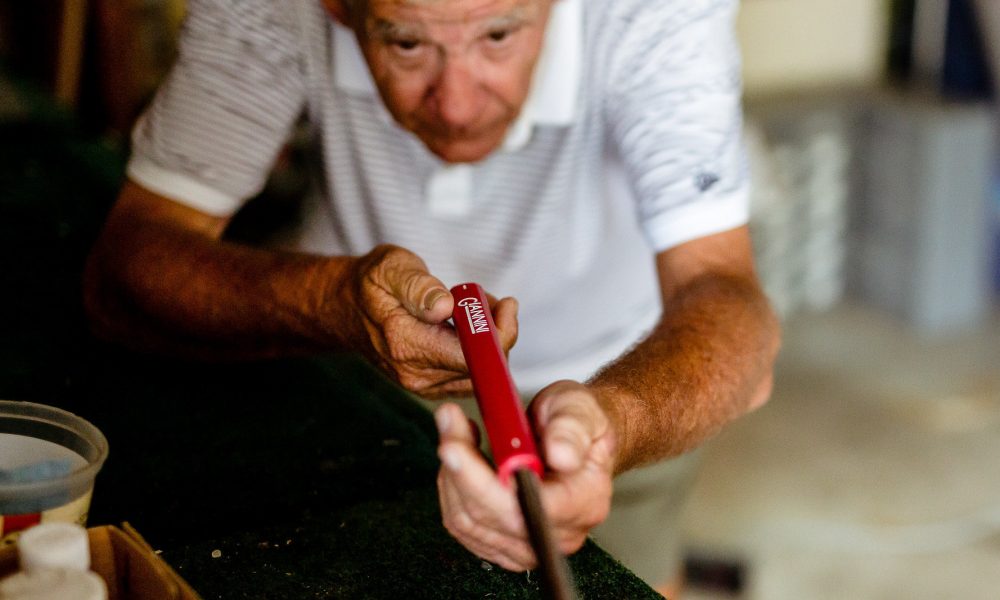
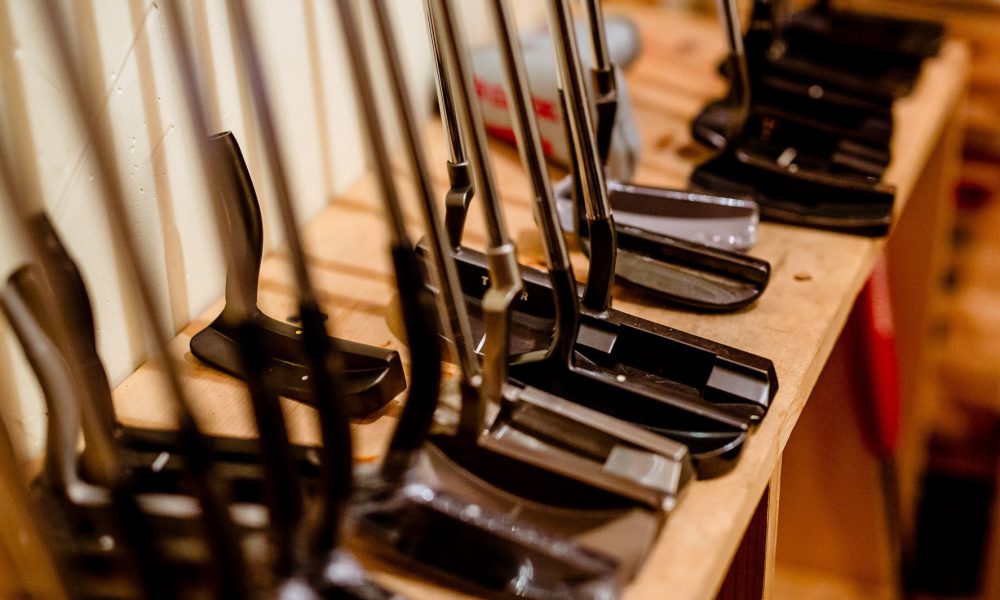

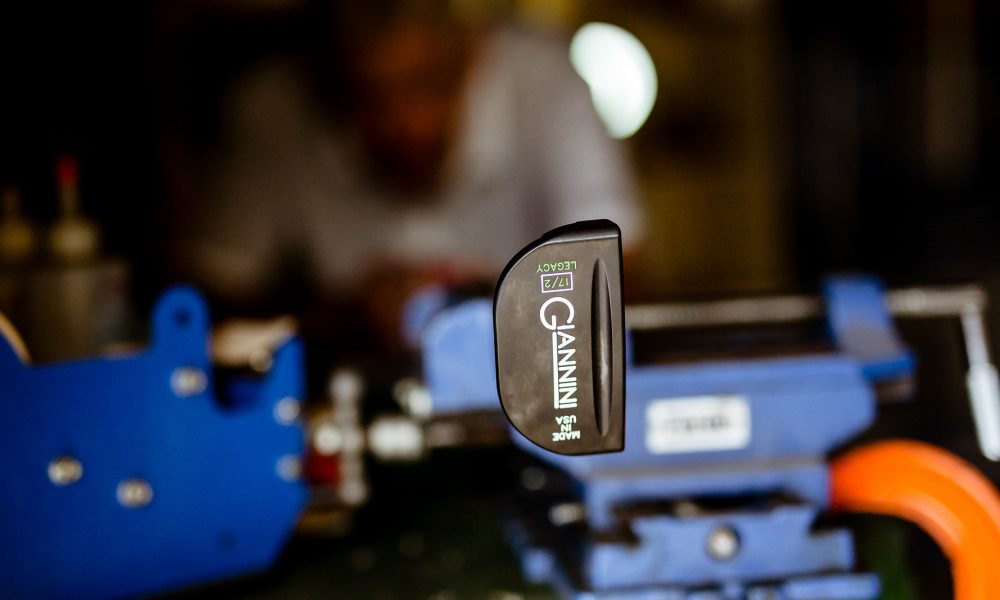

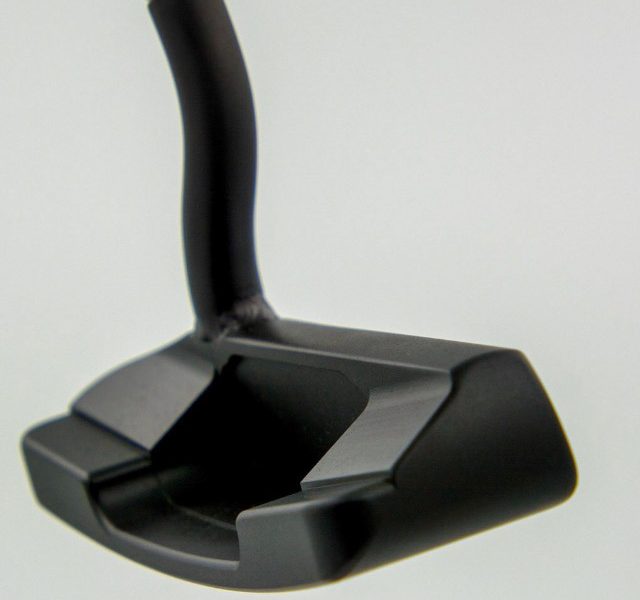
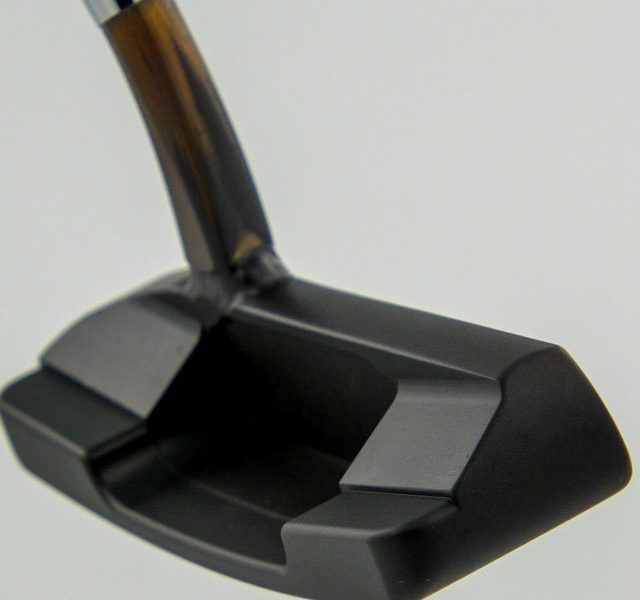


























Rick
Sep 15, 2020 at 12:50 am
Is Kenny Giannini still in business?
The website link doesn’t go anywhere. Anyway, tried an anser style and was pretty impressed.
Jim
Jul 7, 2020 at 7:30 pm
I have a Precision Milled Hogan Apex HT-1 that I bought new and have been using since the early 90’s. Never knew who designed it until now though.
Rick
Jul 9, 2018 at 4:23 pm
I have 2 Giannini putters and they are amazing. Better than any Cameron I’ve ever used, and a fair price.
the dude
Jul 9, 2018 at 7:30 pm
What is so amazing about them?..and why better than any Cameron?
Man
Jul 9, 2018 at 1:27 am
Soft scooped? You mean a slot on the sole? Like so many of the same idea out there? lmao
ogo
Jul 9, 2018 at 9:44 am
Soft Scooped Face is a silly feature because the weight shifted to the heel and toe is insignificant. It’s just marketing to the neurotic.
Harambe
Jul 8, 2018 at 5:50 pm
These are spectacular putters. Have had one for 5 years now. Amazing feel, look, balance, milling pattern. Qualtiy craftmanship that blows other putters in that marketplace out of the water.
gif
Jul 9, 2018 at 9:46 am
I believe you… and I’m gonna buy one… mehbe two !!!!! 😛
Joe
Jul 8, 2018 at 12:47 pm
I wish him success and look forward to seeing in person some of his putters. However, a quote in the article is very misplaced, Quote: ” A great amateur golfer uses the putter 36 times. ”
I am far from a great amateur golfer but if I averaged 36 putts a round would take up bowling. I would think that a Great amateur golfer would be under 30 putts around.
ogo
Jul 8, 2018 at 4:49 pm
…and the putter design is not the governing factor since most pro and good ams do not buy these vanity putters. They stick with their trusty ol’ putter from 1995… or play the putter brand that sponsors the pro. The market for these putters is goffers who have more money than brain or talent… and want to flaunt their latest toy.
ogo
Jul 8, 2018 at 11:33 am
These are the crème de la crème of custom designed putters and for only a pittance… $365 – $550 (grips and covers extra). Only a veteran putter maker can inject that magic into the custom designs and machining to high tolerances for the discriminating golf aficionado.
Walter Mallett
Jul 8, 2018 at 11:31 am
The drawing for the free putter was January 31, 2018. WTF?